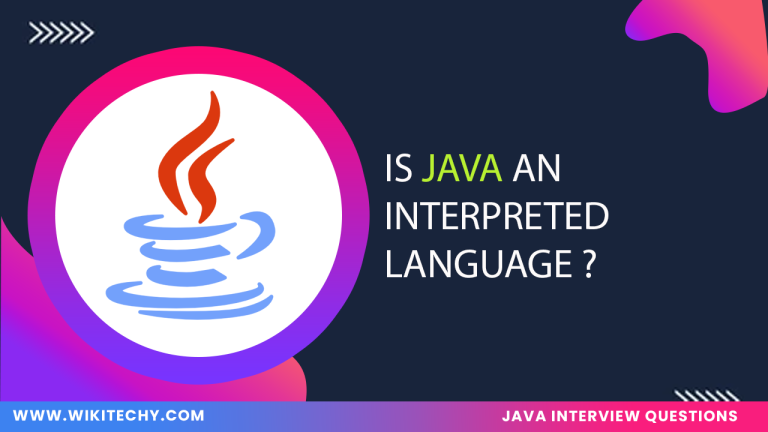Hibernate is an Object-Relational Mapping (ORM) framework in Java that simplifies the interaction between Java applications and relational databases. It provides a way to map Java objects to database tables and allows developers to work with database operations using Java objects rather than writing raw SQL queries. Hibernate abstracts the complexity of database interactions and automates tasks like CRUD (Create, Read, Update, Delete) operations.
Definition:
Hibernate is a Java-based ORM framework that facilitates the mapping of Java objects to relational database tables. It enables developers to write database queries in Java using HQL (Hibernate Query Language) or Criteria API, rather than directly using SQL, making database interactions more intuitive and object-oriented.
Example:
Consider the following example where Hibernate is used to interact with a database table named Employee:
1.Entity Class:
2.Hibernate Configuration (hibernate.cfg.xml):
3.Saving an Object to the Database:
Features of Hibernate:

- Maps Java objects to database tables, simplifying database interactions.
- Hibernate provides HQL, a powerful query language similar to SQL but more object-oriented.
- Hibernate supports lazy loading, where related data is loaded only when accessed, improving performance.
- It provides first-level (session) and second-level (shared across sessions) caching to optimize database operations.
- Hibernate automatically generates SQL queries for basic operations like insert, update, and delete.
- Hibernate simplifies transaction management, supporting atomic transactions for multiple database operations.
- Hibernate supports various relational databases and uses dialects to generate optimized SQL for each database.
- Hibernate can manage database connections effectively using connection pooling.
Advantages of Hibernate:
- Hibernate allows you to switch databases easily by changing the configuration, without modifying your code.
- Hibernate eliminates the need to write repetitive SQL queries for common CRUD operations.
- With features like caching and lazy loading, Hibernate can significantly optimize application performance.
- Hibernate can automatically generate and update the database schema based on entity classes.
- Since Hibernate reduces direct SQL handling, it minimizes the chances of SQL-related errors in the code.
- It allows developers to work with object-oriented concepts while managing relational data, bridging the gap between object models and relational databases.
Uses of Hibernate:
- Hibernate is widely used in large-scale enterprise applications to manage relational data efficiently.
- Applications that require interaction with relational databases (e.g., employee management systems, customer databases) use Hibernate to simplify database management.
- Hibernate is often used in conjunction with web frameworks like Spring to manage database interactions in web applications.
- Hibernate can be used in stand-alone desktop applications for managing data persistence.
- Hibernate’s ability to manage schema updates and its database independence feature are useful in applications that need to migrate data across databases.
- Hibernate is useful in batch processing applications where bulk data operations (insert/update/delete) are performed on large datasets.
- Hibernate can be used in applications involving data analytics and reporting by making database interactions more seamless.




